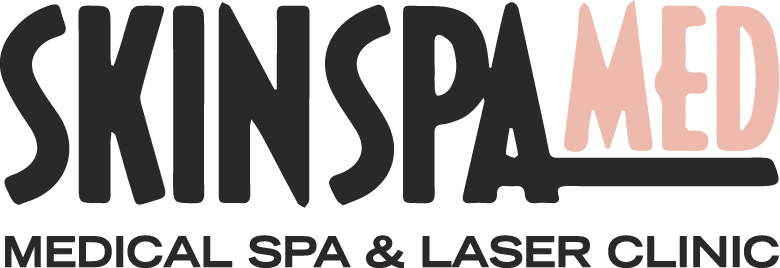PRP is so 2017 - It's All About the PRF Now
/Platelet-rich plasma (PRP) has experienced substantial growth in the aesthetic community over the last few years—it's currently being used to rejuvenate the skin in facials. PRP is also commonly used with microneedling, although it's still being investigated by the FDA in regards to its skin-perfecting capabilities, in addition to assisting in hair restoration and wound healing.
Now there is another type of platelet-rich plasma we use here at SkinSpaMED, called Platelet-Rich Fibrin (PRF), which could be the next generation of the treatment and a valuable tool for cosmetic professionals, dermatologists, and even dentists.
How PRF is Different Than PRP
Fibrin is a biological scaffold that forms in response to an injury anywhere in the body. Platelets normally circulate within the blood and will bind to a scaffold of fibrin. When platelets bind to the fibrin scaffold, they become activated and release growth factors from tiny 'granules.' These growth factors start the wound healing process by creating new skin cells, collagen and blood vessels. Scientists have been able to figure out a way to take your blood, spin it in a centrifuge, isolate the contents, and create a platelet- and white blood cell–rich fibrin scaffold ready for use for cosmetic purposes. The platelet-rich fibrin has been used to fill in facial folds, help fat cells survive better and promote healing.
Sounds pretty similar to PRP right?
There's one key difference that could make PRF a more effective treatment. PRF appears to target the same issues as PRP, but it releases the growth factors over time, which means it could have longer-term benefits. The growth factors are what stimulate the stem cells that improve collagen and elastin in the skin. The platelets in PRF are thought to survive better than those in PRP, and therefore promote faster healing.
How Does PRF Differ From Traditional PRP?
PRF is a second-generation version of PRP therapy. PRF has a higher concentration of platelets, fibrin, and white blood cells. In addition, PRF has a small percentage of stem cells, which cannot be found in traditional PRP therapy.
PRF is 100% natural with zero additives. The treatment works by forming a gel after 15 minutes to hold a nice form, which makes PRF especially effective when used in conjunction with a number of fillers, including:
Dysport®
JUVÉDERM®
JUVÉDERM VOLUMA®
JUVÉDERM VOLBELLA®
JUVEDERM® ULTRA and ULTRA PLUS
Restylane®
Restylane® Silk
Restylane® Lyft
Restylane® Defyne™
Restylane® Refyne™
Sculptra®
Radiesse®
Belotero®
Each of these fillers offers a unique benefit, depending on your preference and aesthetic goals. We recommend discussing facial filler and PRF treatments options with our doctors to create a customized plan for you.


